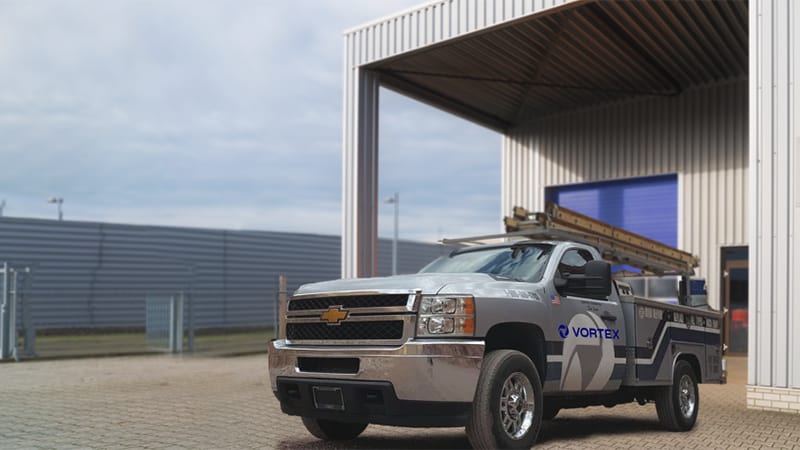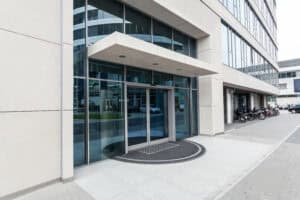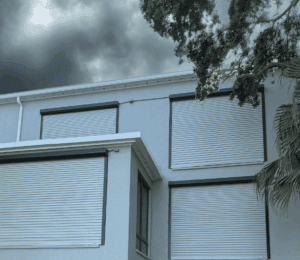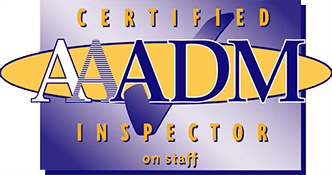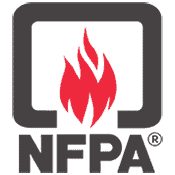Soundproofing vs. Sound Absorbing: What’s the Difference?
 Noise reduction is a necessity for some businesses: hospitals, theaters, schools, convention centers, and restaurants, for instance. However, a room capable of containing sound is not always capable of controlling it. Soundproof rooms are not always quiet and quiet rooms are not always soundproof. As a result, any business searching for ways to manage sound quality and transmission needs to know the difference between soundproofing vs. sound absorbing.
Noise reduction is a necessity for some businesses: hospitals, theaters, schools, convention centers, and restaurants, for instance. However, a room capable of containing sound is not always capable of controlling it. Soundproof rooms are not always quiet and quiet rooms are not always soundproof. As a result, any business searching for ways to manage sound quality and transmission needs to know the difference between soundproofing vs. sound absorbing.
Basics of Sound Transmission
In order to appreciate the distinction between soundproofing vs. sound absorbing, you need to understand what happens when sound strikes an object. Instead of holding together, the sound wave splits into three parts: the absorbed wave, the reflected wave, and the transmitted wave. Absorbed waves are inaudible. Because sound is energy (in the form of vibrating air), some of it is lost when it encounters an object, like water being soaked up by a sponge.
Whatever sound isn’t absorbed either bounces back (reflected wave) or passes through the object (transmitted wave). Reflected waves create ambient noise (e.g. echoes and reverberations) that make it hard to hear what’s going on. Transmitted waves travel through to the next room, creating sound leakage or spill. Anyone standing next to a particularly loud speaker can sometimes feel transmitted waves pulsing through them.
Effect of Soundproofing vs. Sound Absorbing Materials
Before deciding whether soundproofing vs. sound absorbing is the right strategy, business owners need to consider the sound level and quality they want to achieve. Soundproofing materials are hard, heavy, and dense. Sound bounces off them, which makes them good at blocking transmitted waves but bad at absorbing them. In fact, dense materials reflect sound waves extremely well, amplifying noise within a space.
Sound absorbing materials, on the other hand, are light and porous. When a sound wave hits, it becomes trapped inside, which makes them ideal for soaking up echoes and reverberations. At the same time, they weaken but don’t stop transmitted waves.
Realizing this, many companies choose to outfit their buildings with both soundproofing and sound absorbing materials. This prevents sound from leaking into rooms where it’s not wanted while simultaneously improving sound quality wherever it’s installed.
Sound Ratings
Concrete and decoupled walls (where the wall contains an internal gap, so one side doesn’t touch the other) are two of the most common soundproofing materials. High density cotton and fiberglass or foam composite are often used as well, to increase the density of the wall itself.
Regardless of the material, soundproof walls are rated according to their Sound Transmission Class (STC), which ranks their ability to block sound. Human voices can leak through walls with a 25-30 rating. Loud noises can only be faintly heard through walls with a 50 STC rating. True soundproofing only begins at STC 60.
Similarly, sound absorbing materials (e.g. acoustic panels, acoustic baffles, bass traps) are ranked according to their Noise Reduction Coefficient (NRC), which evaluates their ability to muffle sound. Walls with an NRC of .95 trap 95 percent of sounds. Walls with a rating of zero trap no sound, while walls with a NRC of one trap all sounds.
Installing Soundproof Doors
Vortex installs and repairs soundproof doors for a wide range of businesses, including studios, factories, and workshops. Our doors are rated at STC 60, effective for blocking noise from machinery, traffic, and staff. Made from wood, steel, fiberglass, or aluminum, they’re capable of withstanding inclement weather and heavy impacts. Call today to learn more about our range of soundproof doors and request a free quote for your business!

